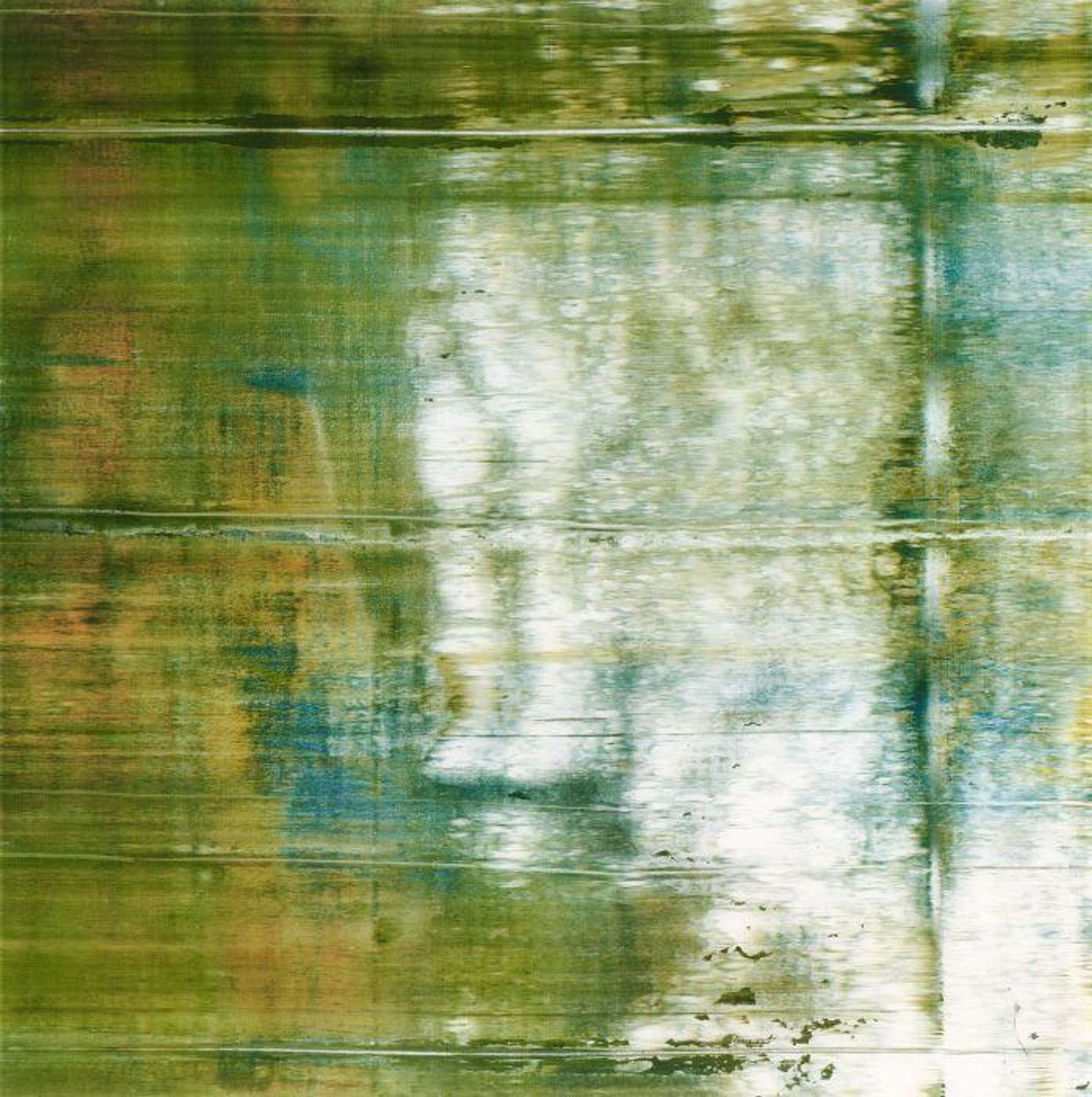
Cage f.ff I

Cage f.ff I
Signed Print
Gerhard Richter
£35,000-£50,000
$70,000-$100,000 Value Indicator
$60,000-$90,000 Value Indicator
¥330,000-¥470,000 Value Indicator
€40,000-€60,000 Value Indicator
$360,000-$520,000 Value Indicator
¥7,270,000-¥10,380,000 Value Indicator
$45,000-$70,000 Value Indicator
There aren't enough data points on this work for a comprehensive result. Please speak to a specialist by making an enquiry.
90 x 90cm, Edition of 30, Lithograph
Auction Results

Track auction value trend
Meaning & Analysis
Cage f.ff I is a 2015 signed lithograph print by acclaimed German artist, Gerhard Richter. Part of the Cage f.ff series, it was issued in an edition of 30. Made after one of six photographs of the six Cage [CR: 897/1-6] paintings Richter completed in 2006, this work is a stunning exposition of the power of colour and abstract composition.
Cage f.ff I is a standout example of Richter’s signature approach to Abstraction. A theme the artist began working with during the 1970s, after a string of photorealist, historical paintings, on the one hand, and a number of landscape-based ‘photo paintings’, on the other, abstraction has come to be a defining feature of Richter’s stylistically and methodologically heterogenous œuvre. In this work, we see the vibrant, visceral byproduct of a looser, experimental method that makes use of large, home-made ‘squeegees’. To the left of the image, green hues yield seamlessly to those of the sea; at one moment rust coloured, at others the deep turquoise of Ancient Egyptian burial chambers, covered head-to-toe in lapis lazuli.
Despite its decidedly abstract, non-representational credentials, this work is testament nonetheless to the enduring influence of photography on Richter’s unique, eminently diverse body of artworks. The The Family Of Man exhibition, organised by Edward Steichen of New York’s Museum of Modern Art (MoMA), instituted a dramatic shift in the mindset of a young Richter when it visited West Berlin during the 1950s. In this work, the visual ‘power’ of photography is distilled into a process of stripping back layers of colour - a process which produces a dramatic effect.